Guide to Ultra-Low Emission Zones (ULEZ)
With air quality now a political as well as a health concern, measures are being taken to prevent polluting vehicles from entering areas where air quality is poor. Many UK cities are now introducing charging zones for high polluting vehicles, with some cities banning carbon dioxide emitting vehicles altogether.
If you live in a busy city, there has never been a better time to consider an electric or low emission car, as you will not only benefit from avoiding costly emission charges, but your vehicle will also be compliant with any future city plans.
In this guide, stock car leasing specialist, Nationwide Vehicle Contracts, explains how Ultra-Low Emission Zones (ULEZ) work, along with fees you'll need to pay when entering these zones and which vehicles are currently exempt from charges.
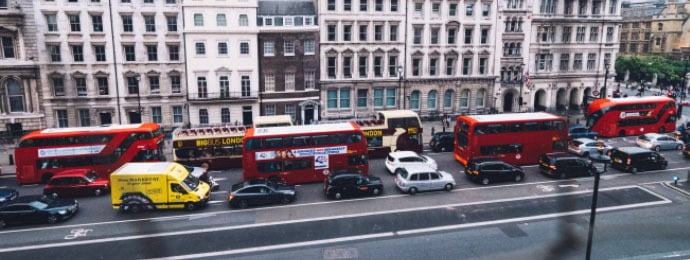
What is an Ultra-Low Emission Zone (ULEZ)?
An Ultra-Low Emission Zone (ULEZ) is a defined area in which all vehicles which travel through it must meet strict emission requirements, or face a daily travel charge.
Unlike a congestion charge, the ULEZ operates 24 hours a day, seven days a week, so vehicles must meet the strict emission standards to drive in the ULEZ vicinity at all times.
What are the Ultra-Low Emission Zone (ULEZ) standards?
To be allowed to drive in the Ultra-Low Emission Zone, your vehicle must meet strict emission standards. Here are some of the measures taken from london.gov.uk:
- Euro 4 for petrol cars and vans (less than 14 years old in 2019)
- Euro 6 for diesel cars (less than five years old in 2019)
- Euro 6 for diesel vans (less than four years old in 2019)
- Euro 3 for motorcycles and other L-category vehicles
- Euro VI for lorries, buses and coaches
What is the difference between Ultra-Low Emission Zones (ULEZ), Clean Air Zones (CAZ) and Low Emission Zones (LEZ)?
ULEZ, CAZ and LEZ are all different ways of describing areas of towns or cities that have set restrictions on the use of vehicles to tackle air pollution.
The differences between ULEZ, CAZ and LEZ
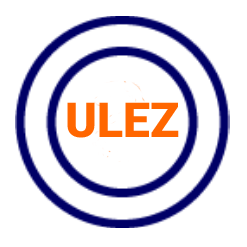
Ultra-Low Emission Zones (ULEZ)
Ultra-Low Emission Zones are areas where all vehicles must meet strict emission requirements, or you will face a daily travel charge. These zones are designed to encourage people to drive less polluting cars or use other methods of transport, such as public transport, cycling or walking to tackle high pollution levels in big cities like London. Ultra-Low Emission Zones operate just like Clean Air Zones and Low Emission Zones, 24 hours a day, midnight to midnight, every day of the year.

Clean Air Zones (CAZ)
Clean Air Zones are areas that have been targeted to improve air quality by discouraging vehicles with high emissions from entering the zone. No vehicles are banned in Clean Air Zones, but vehicles that don't have clean enough engines must pay a daily charge if they travel within the area, and this operates 24 hours a day, midnight to midnight, every day of the year.

Low Emission Zones (LEZ)
Low Emission Zones are areas where only low Emission Vehicles are allowed to travel through, to encourage the use of electric vehicles, hybrids and other alternative fuel vehicles. With Low Emission Zones, high pollution vehicles are banned, and unless your vehicle is exempt, you'll need to pay a daily charge to drive through them. Just like Clean Air Zones, they operate 24 hours a day, midnight to midnight, every day of the year.
Which UK cities have Ultra-Low Emission Zones (ULEZ)?
There's currently only one Ultra-Low Emission Zone (ULEZ) in the UK, which is in London covering Westminster and the city centre. However, from 25 October 2021, ULEZ will expand to create a larger single zone from the North Circular Road (A406) to South Circular Road (A205).
There were plans for Clean Air Zones to be brought into Bristol, Cardiff, Coventry, Hull, Leicester, Liverpool, Manchester, Newcastle, Sheffield and Stoke. however the UK government hasn't put these plans into place yet. ULEZs and other measures to prevent pollution in big cities are becoming more popular and will be introduced over time to tackle poor air quality.
“If you're driving into a major city, check whether you'll need to pay a ULEZ or CAZ charge. Emission zones in some cities can be unclear and may result in a hefty penalty charge if you're not careful.”

What are the charges for driving in an Ultra-Low Emission Zone (ULEZ)?
Ultra-Low Emission Zone charges are additional to the Congestion Charge fees, so if your UK car lease doesn't meet the Ultra-Low Emission Zone requirements, you will get fined. Below are the prices you must pay according to London.gov.uk:
- £12.50 per day for cars, vans and motorcycles
- £100 per day for lorries, buses and coaches
Are there any ULEZ exemptions or discounts?
There are some exemption and discounts available to selected groups, including:
ULEZ exemptions or discounts

Residents
Residents who register for the Congestion Charge discount will be given a time-limited grace period where a full discount from the ULEZ will apply to their vehicles. The grace period is until 24 October 2021, which gives residents more time to change their vehicles to meet ULEZ standards. However, from 25 October 2021, the ULEZ will expand to the North and South Circular Roads, meaning residents will have to pay the full daily ULEZ charge when driving through the zone if their vehicle does not meet the ULEZ standards.
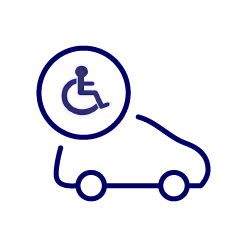
Blue badge holders
Blue Badge holders must pay the ULEZ charge unless the vehicle meets the ULEZ emission standards or is registered with the DVLA with a ‘disabled' or ‘disabled passenger vehicle’ tax class. Drivers who have vehicles registered with a 'disabled' or 'disabled passenger vehicles' tax class will be able to benefit from a grace period from the ULEZ charges until 26 October 2025 if their vehicle doesn't change tax class.

Taxis
London-licensed taxis are exempt from ULEZ charges. However, they are currently subject to a 15-year age limit, and all newly licensed taxis must be zero-emission capable vehicles.

Private hire vehicles (PHVs)
Private hire vehicles that don't meet the emissions standards and are not wheelchair-accessible will have to pay the full ULEZ charge to drive within the zone. Designated wheelchair accessible PHVs will be given a grace period until 26 October 2025. During this time, they can carry out a private hire booking and be exempt from the ULEZ daily charges. However, PHVs are only exempt when carrying out a private hire booking for a TfL-licensed PHV operator. All other times, PHV owners must pay the ULEZ daily charge if their vehicle does not meet the emissions standards.

Minibuses used for community transport
Not-for-profit organisations who use minibuses for community transport, such as for educational, social welfare, religious or other activities that benefit the community, can register their vehicle for a limited time for a ULEZ exemption. This limited time runs from 25 October 2021, when the ULEZ is expanded, to 29 October 2023. After these dates, all minibuses will need to meet the ULEZ emissions standards or pay the daily ULEZ charge. To apply for this, you will need to check if your organisation is eligible and if your vehicle is eligible with Transport For London.

Historic vehicles
If your vehicle was built over 40 years ago, you can apply to stop paying vehicle tax. Vehicles that are in the historic vehicle tax class are exempt from the ULEZ charges. This tax class excludes any vehicles used commercially, such as street food vans or coffee vans.
Other exempt vehicles: Some vehicle types are currently exempt from ULEZ charges. These include:
- Non-road going vehicles which are allowed to drive on the highway, such as excavators
- Specialist agricultural vehicles
- Military vehicles
- Some showman vehicles
- Certain types of mobile cranes
Is my vehicle affected by ULEZ?
The best way to check whether or not your car leasing hire is exempt from the ULEZ charge is to enter its registration number (number plate) into the ULEZ vehicle checker at the Transport for London website. This tool will tell you if your vehicle is affected by ULEZ.
How do you pay the ULEZ charge?
If you need to pay ULEZ charges, charging days run from midnight to midnight, every day of the year (except Christmas Day). So if you drive within the ULEZ, you'll have to pay by midnight on the third day following the journey, and if you fail to pay on time, you risk getting a Penalty Charge Notice (PCN).
You can pay the ULEZ charges online, Auto Pay, and on the Transport For London Pay to drive in London. When paying your ULEZ charge online, make sure you don't pay through unofficial websites, which may mislead you.
What new cars are ULEZ complaint?
With London's Ultra-Low Emissions Zone (ULEZ) expanding and Clean Air Zones (CAZ) being introduced in other big cities, there’s never been a better time to invest in an ULEZ-compliant electric or hybrid vehicle. Check out this list of cars that are exempt from any ULEZ charges:
Top 5 ULEZ Complaint Cars
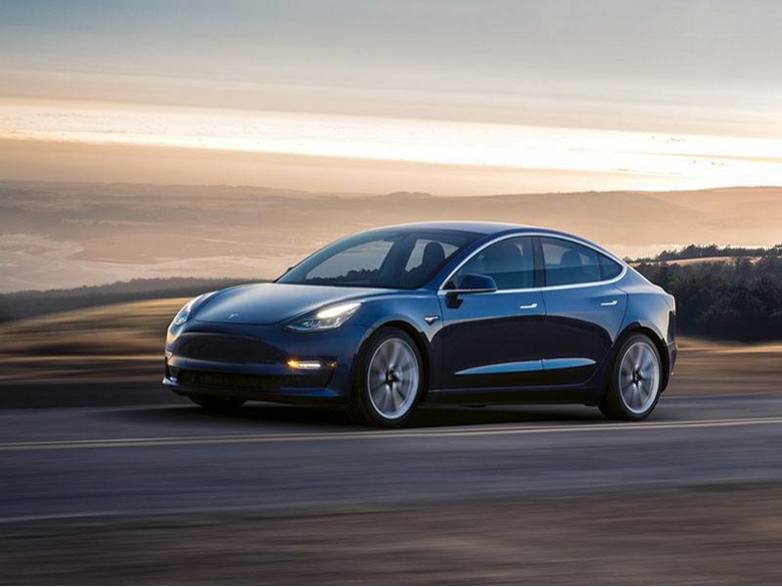
1. Tesla Model 3
The Tesla Model 3 is one of the best electric cars on the market for its excellent 254 miles range capability and access to Tesla's huge Supercharger network across the UK. Plus, inside the Tesla, there's plenty of room with comfortable seating for five adults. As the Model 3 is fully electric, it produces zero tailpipe emissions, meaning you won't have to pay any charges for driving in Ultra-Low Emission Zones.
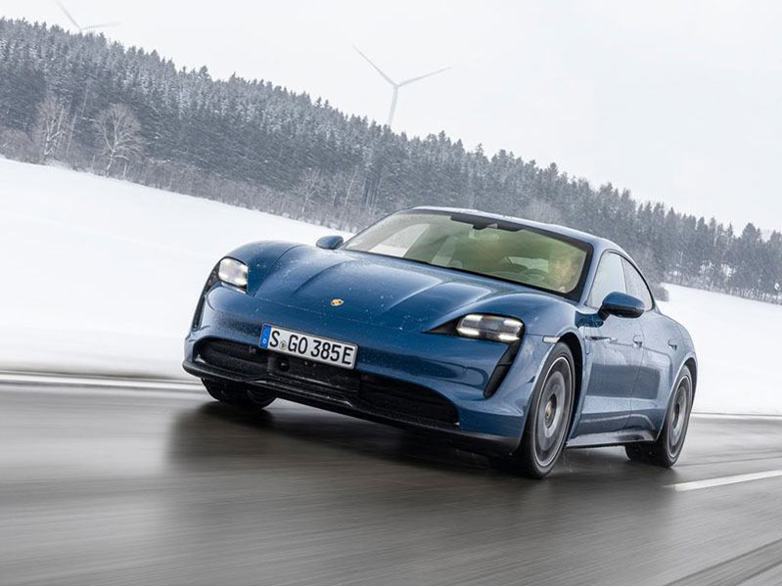
2. Porsche Taycan Saloon
The Porsche Taycan is one of the most prestigious vehicles on the market. As an all-electric vehicle, it produces no emissions while on the road, meaning you won't have to pay any charges for driving in Ultra-Low Emission Zones. The Taycan also looks great thanks to its curvy bonnet, sloping roofline, subtle air intakes and dual electric motors. One of the motors powers the front wheels, and the other powers the rear, giving the Taycan a range of 268 miles before you'll need to plug it back in to charge.
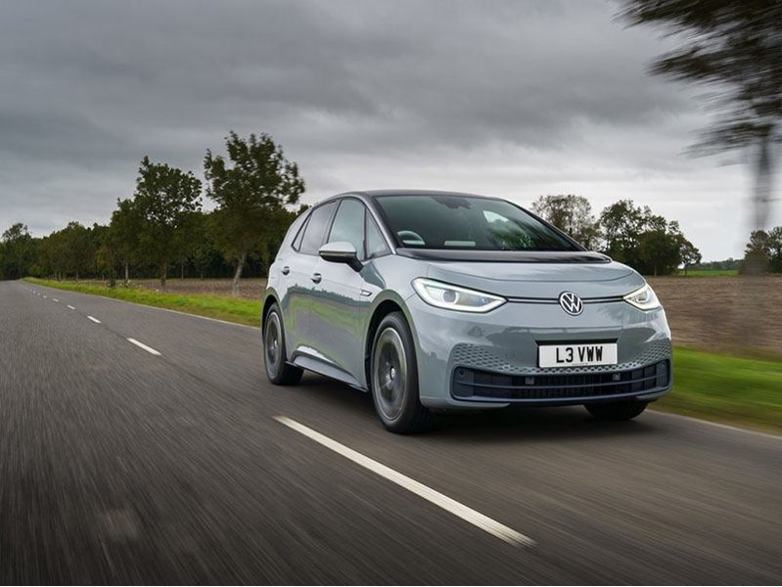
3. Volkswagen ID.3
The Volkswagen ID.3 is a great all-electric hatchback meaning it's exempt from any Ultra-Low Emission Zone charges. The ID.3 is also great to drive with plenty of space to ride comfortably, winning several UK awards since its unveiling, including the ‘Best Small Hatch' at the national UK Car of the Year Awards 2021. Plus, the ID.3 has a range of up to 336 miles, meaning you can spend more time on the road rather than waiting at charging stations.
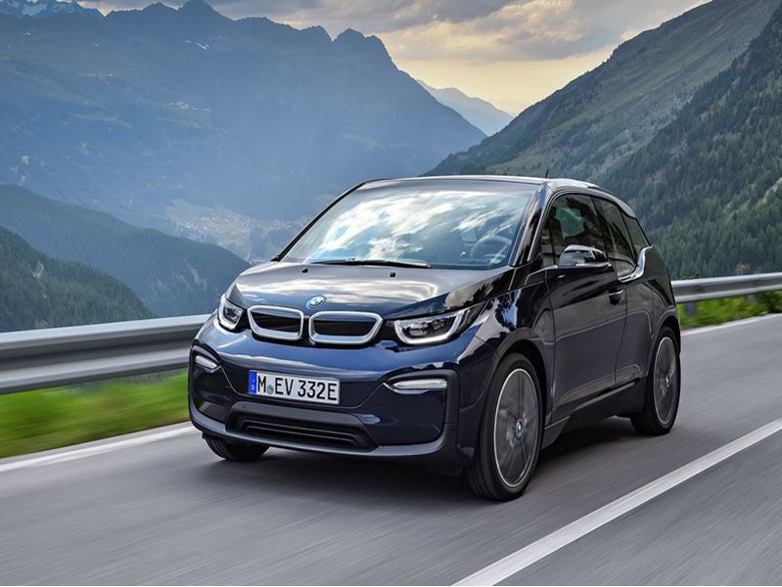
4. BMW i3
The BMW i3 is one of the best electric city cars on the market, ideal for someone who lives in the city centre and wants to avoid any charges for driving in an Ultra-Low Emission Zone. The BMW i3 has a range of up to 153 miles and produces zero CO2 emissions. However, that isn't the only environmentally friendly thing about the i3, as it's also up to 85% recyclable. Every BMW i3 manufactured uses 27 used plastic bottles to form parts of the doors and seats.
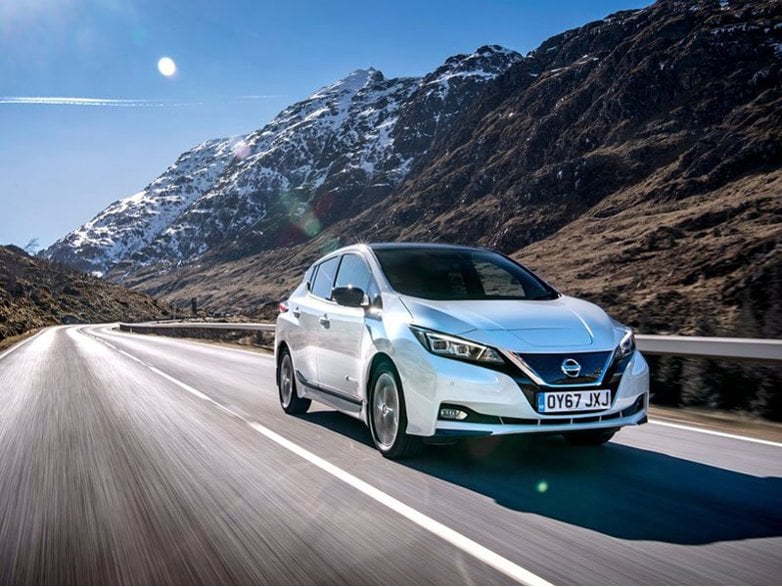
5. Nissan LEAF
The Nissan LEAF is an excellent car if you're looking to go electric to avoid charges for driving in Ultra-Low Emission Zones. The LEAF was the world's all-time top-selling plug-in electric car until 2019, when it was surpassed by Tesla. The Nissan LEAF produces zero emissions and has a range drive of 168 miles on a full charge. The LEAF also feels great to drive, thanks to its smooth handling and floor-mounted battery pack with its low centre of gravity.
What new vans are ULEZ compliant?
If you regularly drive in London, it's vital to have a van that means you avoid paying any ULEZ charges. So, if you’re looking to buy or lease a new van and want one compliant with London's Ultra-Low Emissions Zone (ULEZ), have a look at this list:
Top 5 ULEZ Compliant Vans
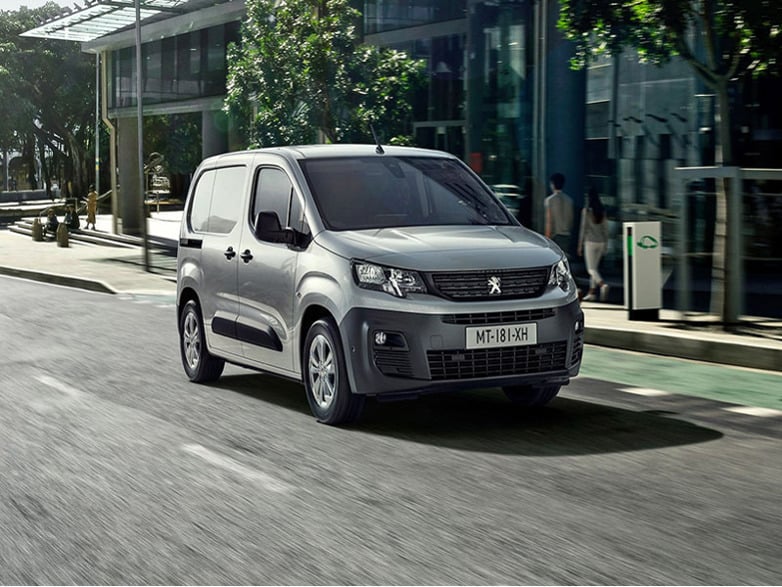
1. Peugeot Partner
The Peugeot e-Partner is Peugeot's smallest van, and is perfect for small businesses and delivery drivers who need the traits of a van but the comfort and driveability of a car. The Peugeot e-Partner has a maximum payload rating of around 800kg and can tow up to 750kg, which is pretty decent for a small electric van. The e-Partner also has a range of 171 miles per charge, perfect for city driving, and is automatically exempt from ULEZ charges. It will be available in the UK in November 2021.
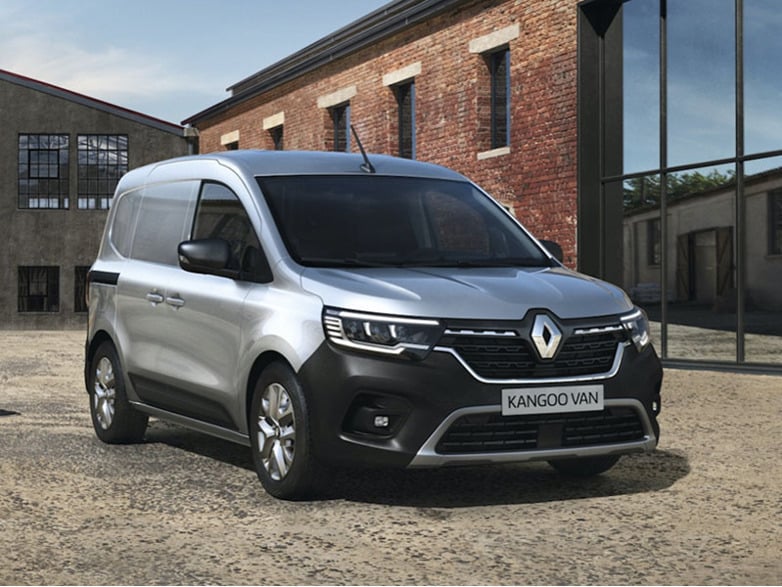
2. Renault Kangoo
The Renault Kangoo is an excellent choice of van if you want to avoid ULEZ costs as since it's a fully electric vehicle, it is exempt from the charges. The cargo space is the same size on the Kangoo electric van as it is on the diesel or petrol version, as the batteries are fitted below the load floor. The Renault Kangoo has a maximum payload rating of around 640kg and can tow up to 322kg.
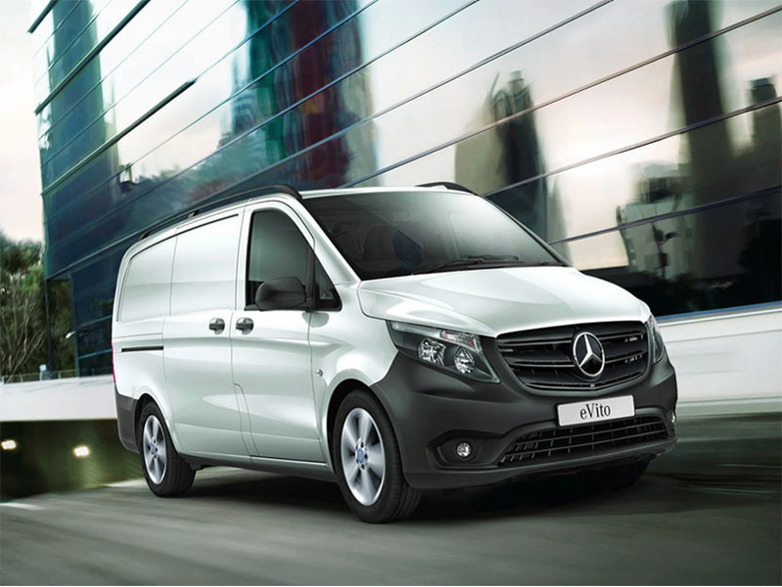
3. Mercedes-Benz e-Vito
The Mercedes-Benz eVito is the first fully electric van from Mercedes to go on sale in the UK and the first medium-sized electric van of any kind to become available. The eVito replaces the traditional diesel engine with a new 85kW electric motor, powered by battery packs mounted below the load floor. This automatically excludes it from ULEZ charges as it's an electric van that produces zero emissions. The Mercedes-Benz eVito can tow up to an impressive 2,500kg and has a payload rating of around 890kg - which goes up to about 1,215kg.
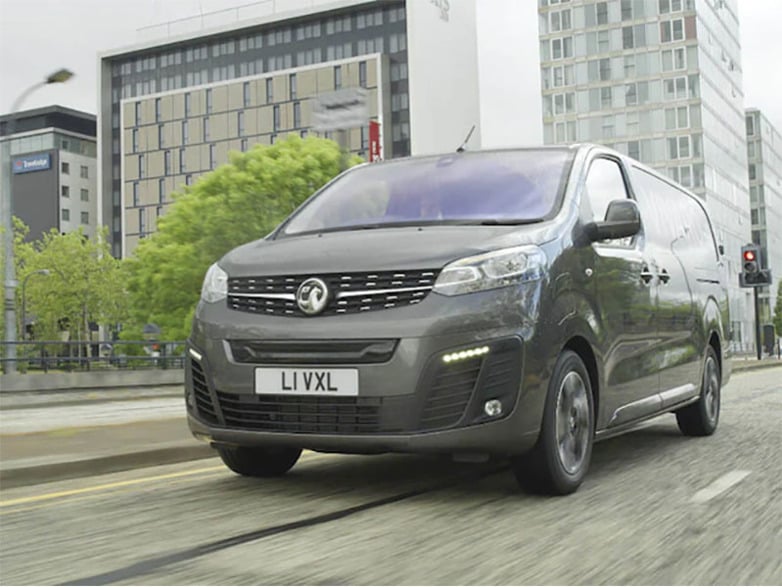
4. Vauxhall Vivaro-e
The Vauxhall Vivaro-e has a 50kWh battery with a driving range of 143-miles on a full charge, making it exempt from ULEZ charges. The maximum payload for the Vivaro-e is 1,226kg, which is excellent for an electric vehicle. The electric Vauxhall van also has a towing rating of 1,000kg. This is substantially better than former electric vans, which aren't rated to tow at all.
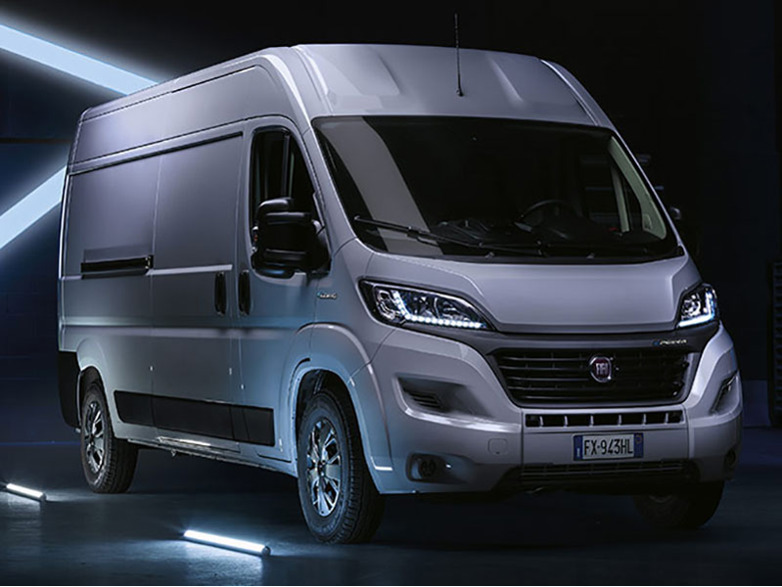
5. Fiat e-Ducato
If you're looking for a van that will avoid ULEZ charges and has plenty of space, the Fiat e-Ducato is an excellent choice. The e-Ducato has a payload of 1,885kg and can tow around 2,500kg, ideal for most businesses. The Fiat e-Ducato is powered by a 90kW electric motor which doesn't make it the fastest van, however it's perfect for driving around the city centre.
Want to know more?
To find out more about Ultra-Low Emission Zones, check out our motoring guides, varying from Electric & Hybrid Car Guides to useful guides on UK Road Law, or call Nationwide Vehicle Contracts on 0345 811 9595 for expert advice.
Guide Information
Originally published: 3rd September 2021
Last updated: 6th September 2021
